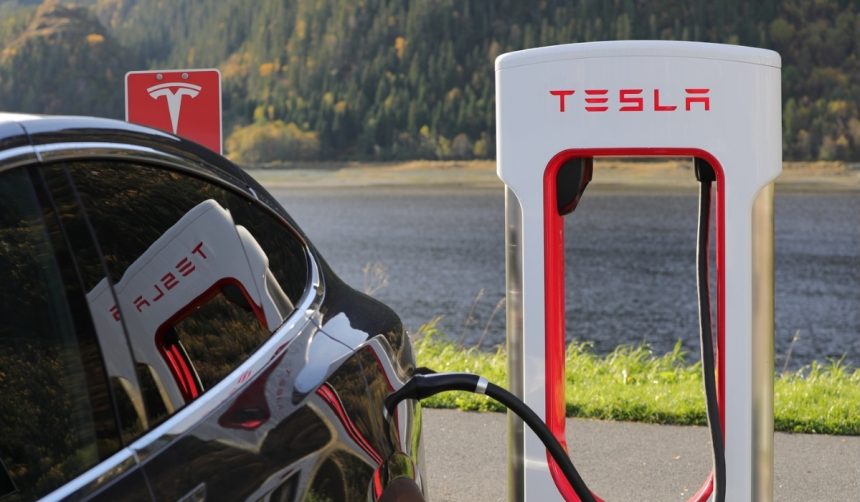Tesla’s launch of the “Mad Max” mode on its Full Self-Driving (FSD) system has sparked conversations not only among drivers but also with federal regulators. As the capabilities of driver assistance technologies expand, regulatory bodies are paying closer attention to ensure they align with public safety standards. The introduction of a more assertive driving profile raises questions about balancing customer demand for convenience with the imperative of road safety.
Earlier reports on Tesla’s FSD developments often highlighted the company’s ongoing software updates and customer reactions rather than regulatory scrutiny. While features like “Chill,” “Standard,” and “Hurry” built up the customizable nature of Tesla’s autopilot, “Mad Max” represents a direct response to consumer desire for faster, more dynamic driving behavior. However, initial coverage mainly celebrated its effectiveness in dense traffic, without much attention from regulators. The recent inquiry by the NHTSA marks a shift, bringing into focus the agency’s readiness to address technological advancements and their implications for driver responsibility.
What Does the “Mad Max” Setting Offer?
The Mad Max speed profile, introduced in FSD v14.1.2, promises higher speeds and more frequent lane changes than the previous “Hurry” mode. Designed to handle aggressive driving conditions, it adapts to quick traffic flows and navigates challenging highway scenarios more assertively. Tesla describes it as a mode that offers additional flexibility for drivers whose preferences lean toward rapid movement in dense traffic.
How Is the NHTSA Responding to New FSD Features?
The National Highway Traffic Safety Administration (NHTSA) has started a dialogue with Tesla, requesting further details on how the Mad Max profile functions. This move stems from concerns about the safety and legality of such an assertive automated setting.
The human behind the wheel is fully responsible for driving the vehicle and complying with all traffic safety laws.
NHTSA’s engagement points to greater attention to how advanced driver-assistance systems interact with regulatory frameworks and real-world traffic regulations.
Can Drivers Control How Aggressive Tesla’s FSD Drives?
Tesla allows users to select from a range of FSD Speed Profiles—such as “Sloth,” “Standard,” “Hurry,” and now “Mad Max”—adjusting the style to suit individual comfort and local conditions. Conservative options aim to build driver confidence with more cautious maneuvers, while aggressive ones serve experienced drivers or those traversing fast-paced routes.
“We developed Mad Max to meet varied customer needs by providing faster, more dynamic responses in dense roadways,”
a Tesla spokesperson stated, emphasizing the driver’s ability to set their own risk tolerance within preset legal boundaries.
As FSD features evolve, scrutiny from bodies like the NHTSA can be expected to intensify, especially with aggressive driving modes entering the mainstream. Drivers accustomed to earlier, slower modes may find the Mad Max profile comfortable during rush hour, yet it remains the driver’s responsibility to oversee the car’s movements. Tesla consistently reminds users that supervisory attention is a requirement at all times, regardless of the automation level selected.
Ongoing debates about automated driving system safety continue to shape the regulatory landscape. When integrating assertive profiles like Mad Max, customers and policymakers alike must evaluate the balance between efficiency, safety, and human oversight. For individuals interested in adopting such features, it is important to understand both the technological capacities of their vehicles and their own responsibilities on the road. Ultimately, safety will require clear communication, regular updates, and collaboration between manufacturers and regulators to ensure appropriate limits are respected.
- Tesla’s “Mad Max” FSD mode draws regulatory questions from the NHTSA.
- Drivers can choose from different FSD profiles to match comfort and needs.
- Responsibility for safe driving remains with the person behind the wheel.










